
Current transformers (CTs) are essential components in modern electrical systems. They allow for the safe measurement, monitoring, and control of high currents by producing a scaled‐down replica of the current flowing in a conductor. This article delves into how current transformers work, their various types, and the diverse applications in which they are used.
Current transformers are devices designed to measure high electrical currents by generating a lower, proportional current that can be easily and safely measured by standard instruments. They serve as a bridge between high-power circuits and sensitive electronic equipment, ensuring that monitoring and control systems can operate without being exposed to dangerous high currents.
At their core, current transformers work on the principle of electromagnetic induction. When a current flows through the primary conductor (which can be as simple as a single wire passing through the CT’s core), it produces a magnetic field. This magnetic field induces a current in the CT’s secondary winding. The ratio of the number of turns in the primary winding (often just the conductor itself) to the number of turns in the secondary winding determines the scale factor, which in turn sets the output current relative to the primary current.
For example, a CT designed to provide a 1 A secondary output might have a ratio of 3000:1, meaning that when 3000 A flows in the primary circuit, the CT outputs 1 A. In many cases, the secondary output is standardized (such as 1 A, 5 A, or even a voltage output like 0.333 V) to simplify instrumentation and protection system designs.
There are several types of current transformers available, each suited to different applications:
Current transformers have a wide range of applications across various sectors:
CTs are fundamental in electricity metering, allowing utilities and consumers to accurately measure energy consumption. By stepping down the high currents found in power distribution systems to measurable levels, CTs enable precise billing and energy monitoring.
In protection relays and circuit breaker control, CTs provide crucial information about the current flowing through a circuit. This data helps in detecting abnormal conditions, such as overloads or short circuits, and initiates protective measures to isolate and protect equipment.
Industrial automation and control systems use CTs to monitor current levels in motors, transformers, and other equipment. This monitoring helps in managing system performance and efficiency while ensuring that components operate within safe parameters.
In renewable energy installations, such as wind farms and solar power plants, CTs are used to monitor the flow of electricity from generation to the grid. They ensure that systems operate efficiently and safely while providing data for performance optimization.
CTs help in ensuring personnel safety by enabling the use of isolated measurement instruments. By providing a low-level secondary current, CTs allow for the safe operation of meters and sensors that would otherwise be at risk if connected directly to high-current circuits.
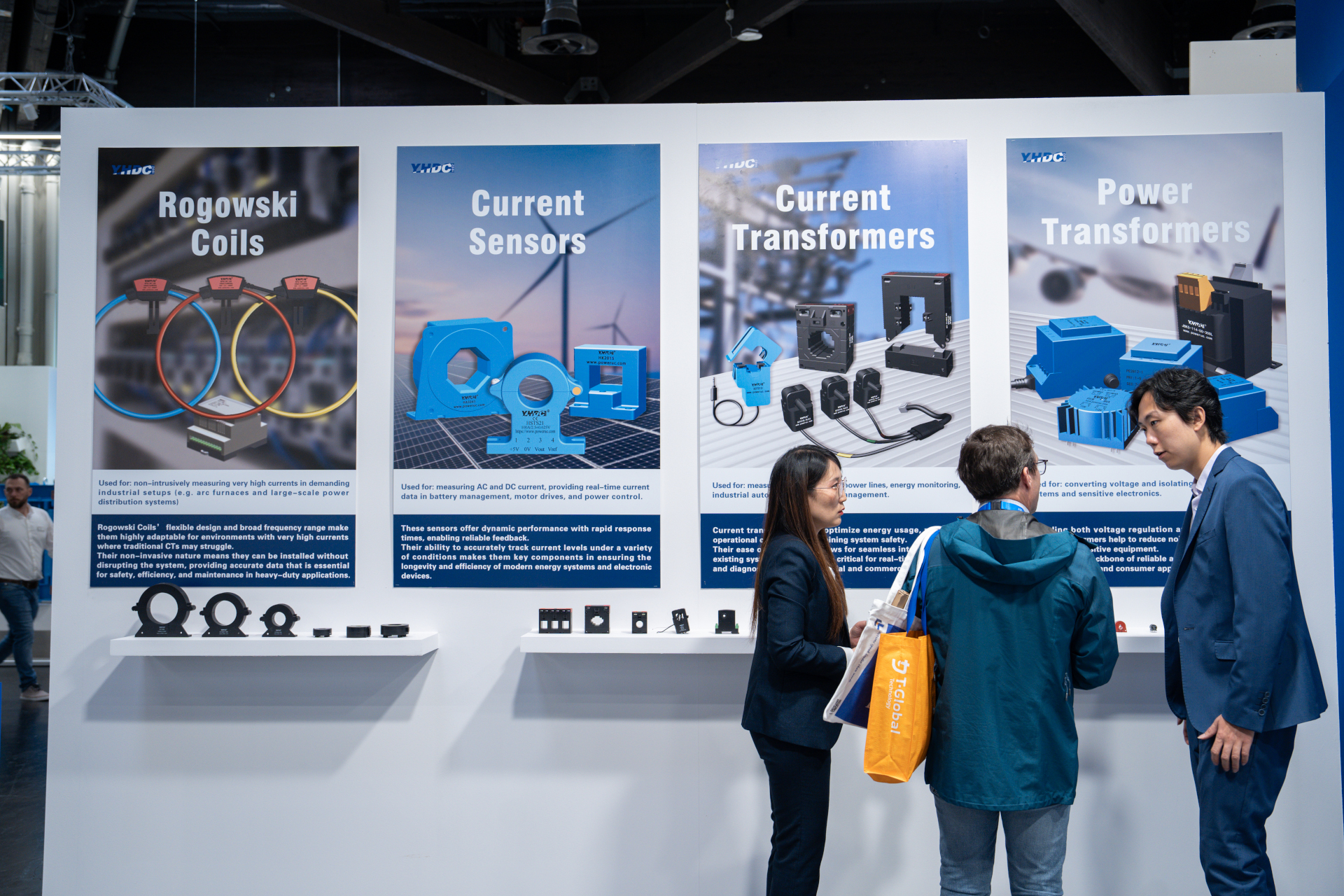
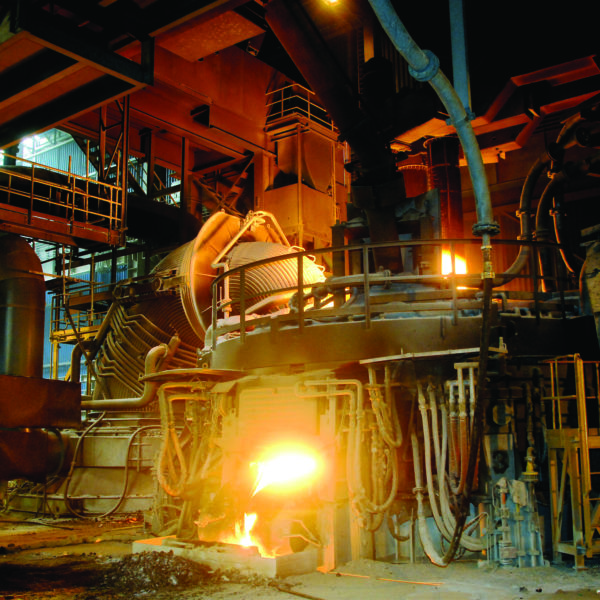
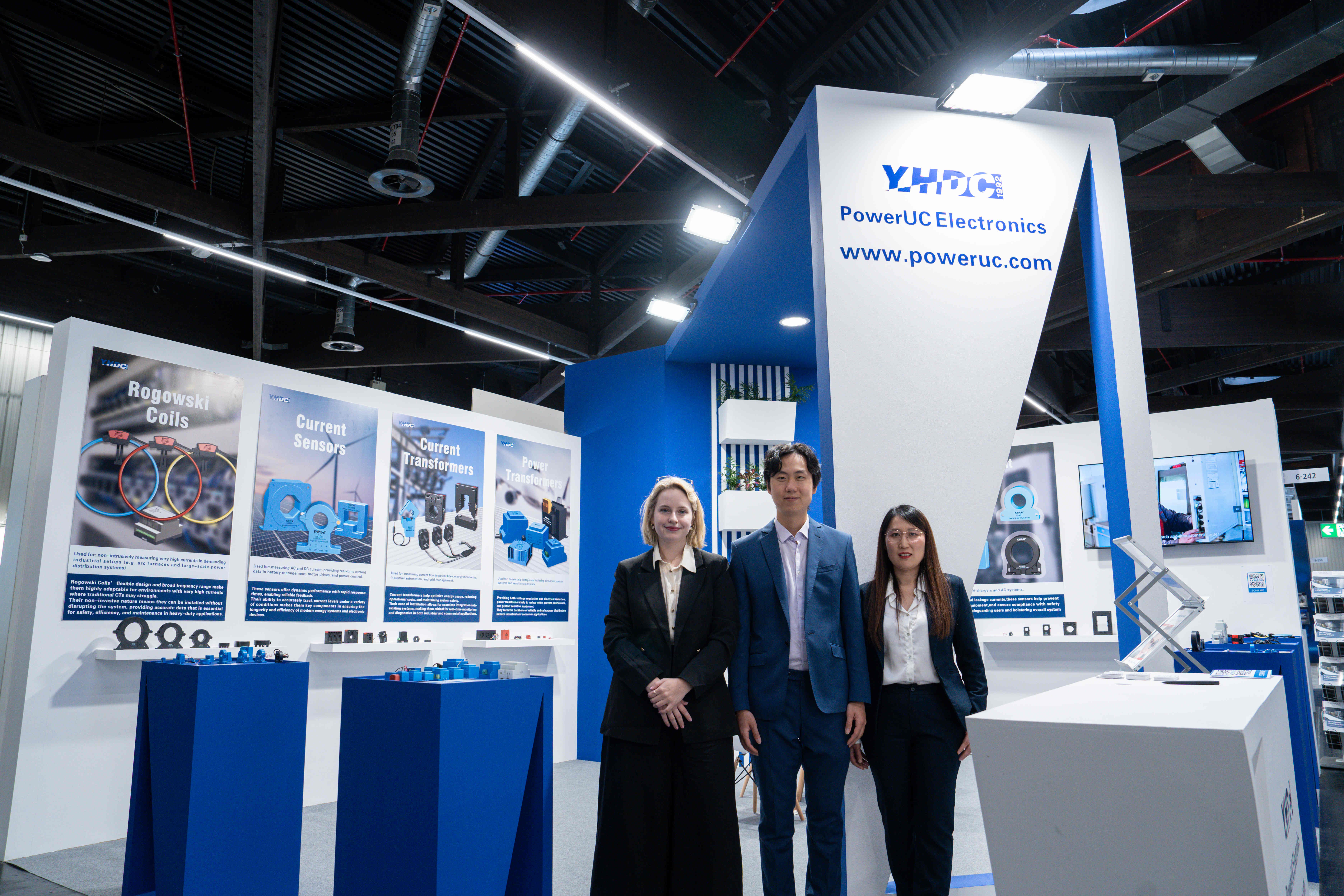
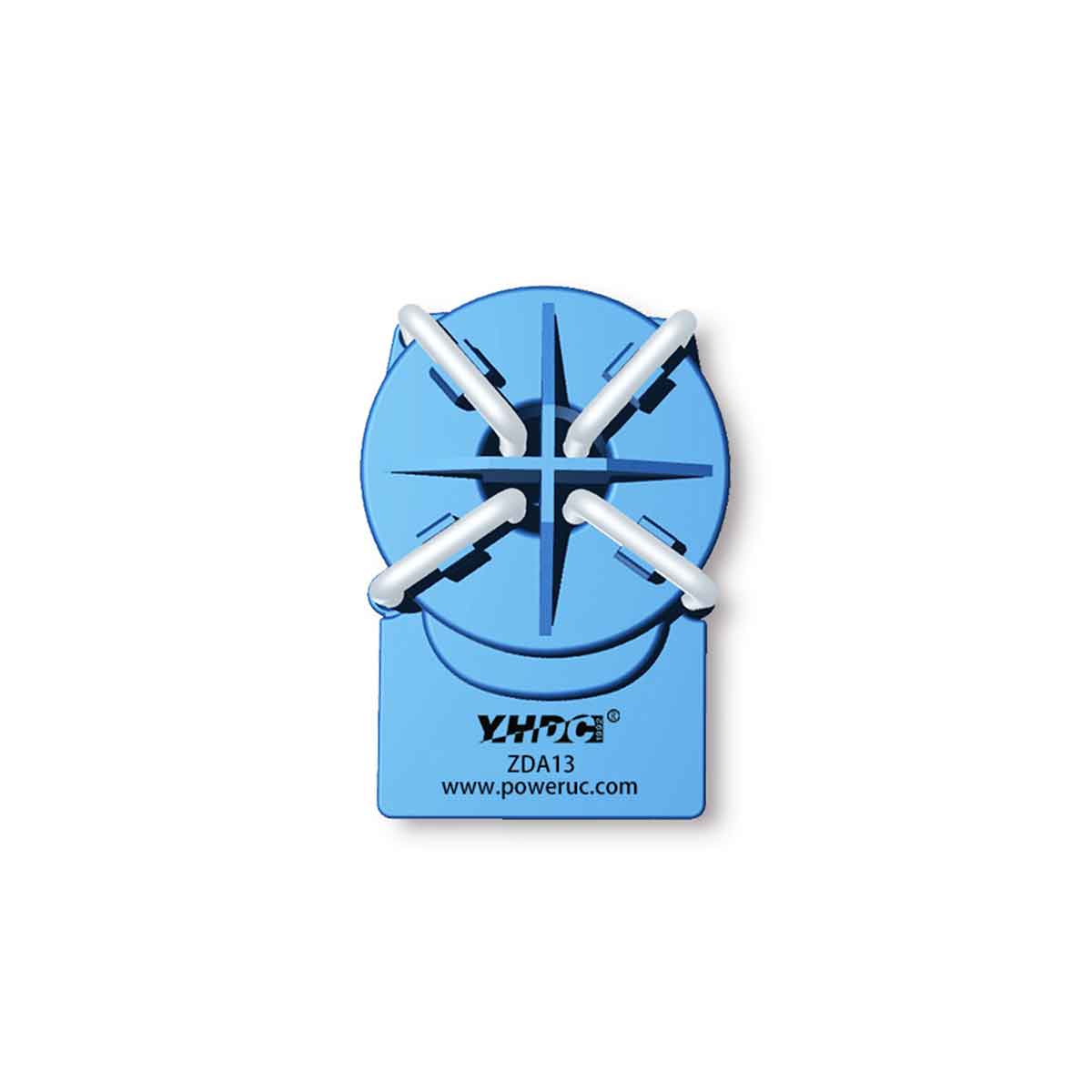
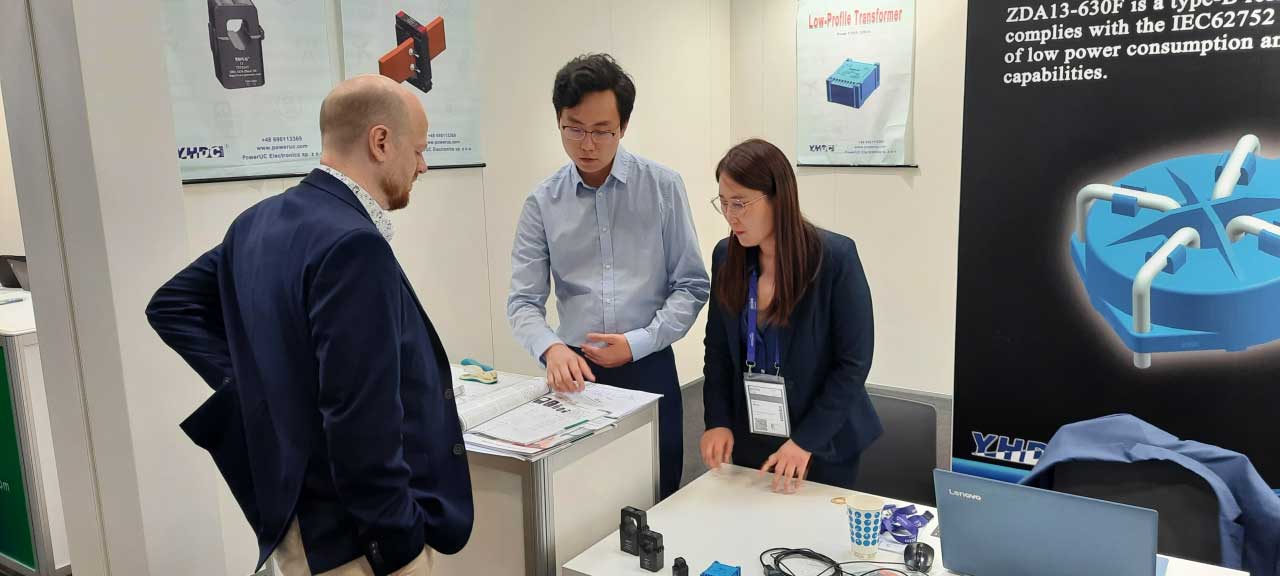
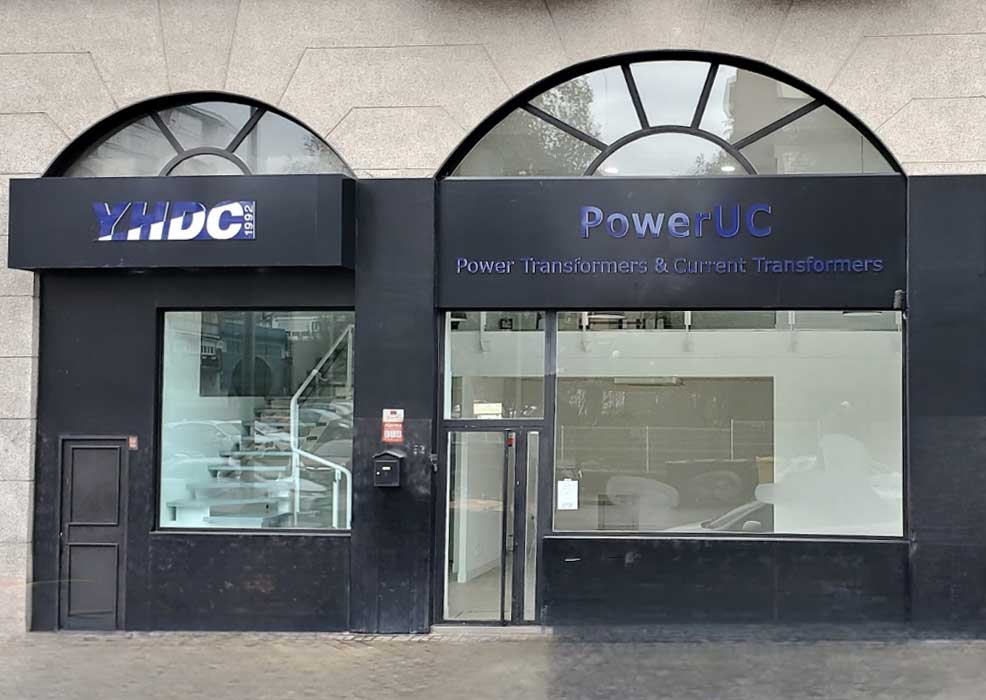
Copyright © 2024 PowerUC Electronics Co.